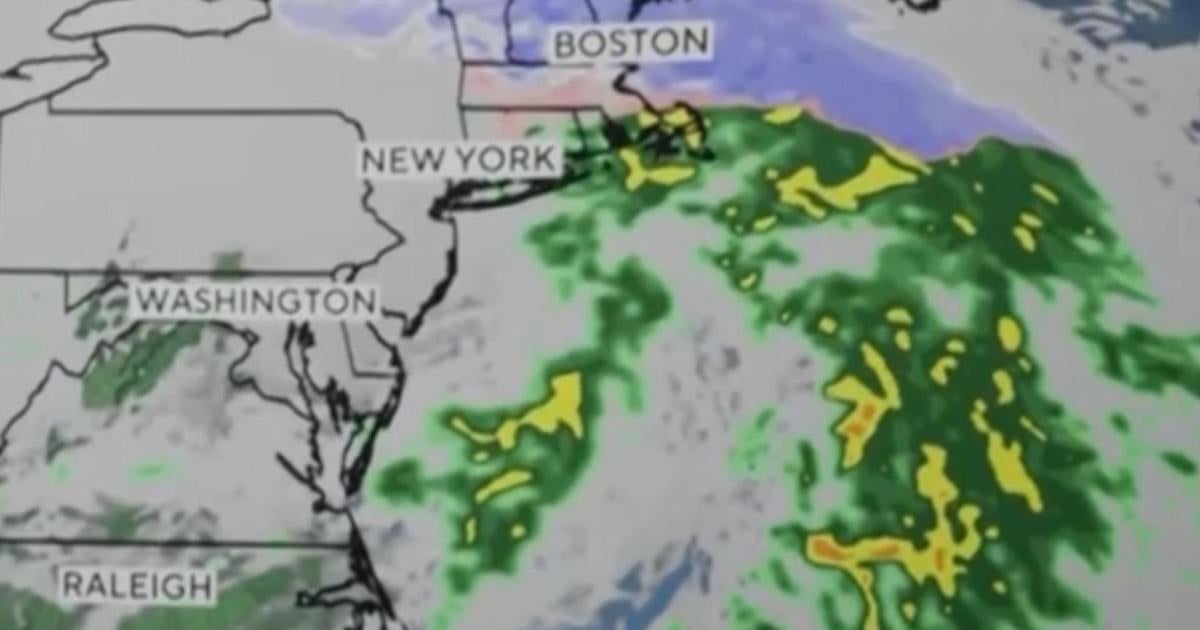Unraveling the Storm: What to Expect as Severe Winter Weather Approaches the U.S.
As the chill of winter sets in, a powerful winter storm is on the horizon, threatening various regions across the United States. Meteorologists predict a combination of heavy snowfall, ice storms, and freezing temperatures, causing residents nationwide to brace for potential disruptions. This article aims to unravel the complexities of the impending storm, providing insights on what to expect, safety tips, and the broader implications of such severe winter weather.
Understanding the Weather Patterns
Before we delve into the specifics of what to expect, it’s essential to understand the meteorological mechanics that give rise to severe winter weather. Typically, these storms form when warm, moist air from the Gulf of Mexico meets cold, dry air from the north. This clash generates significant precipitation, leading to snow, sleet, or freezing rain depending on the temperature profile at various altitudes.
Forecast models are currently indicating a classic winter storm scenario, with cold air expected to plunge southward as a low-pressure system tracks across the central U.S. This pattern suggests that regions from the Midwest to the Northeast will face some of the most severe impacts.
Current Forecasts and Expected Impacts
According to the National Weather Service, the storm is anticipated to begin affecting the U.S. in the coming days. Here’s what residents can expect:
- Heavy Snowfall: Areas in the Rockies and Northern Plains could see upwards of 12 to 24 inches of snow, with localized higher amounts possible.
- Ice Accumulation: In the Southern Plains and parts of the Midwest, ice storms may lead to hazardous travel conditions and power outages, with accumulations ranging from a glaze to over a half-inch in some locations.
- Freezing Temperatures: Many regions will experience a sharp drop in temperatures, creating dangerously frigid conditions that can lead to frostbite and hypothermia.
In addition to these immediate weather impacts, the storm is likely to disrupt transportation systems, leading to flight cancellations and hazardous travel conditions on the roads. Residents should prepare for potential power outages caused by ice accumulation on trees and power lines.
Safety Tips for Severe Winter Weather
As the storm approaches, it’s crucial for individuals and families to stay safe and prepared. Here are some essential safety tips to consider:
- Stay Informed: Monitor local weather updates via radio, TV, or official weather apps. Understanding the storm’s progression can help you make informed decisions.
- Prepare an Emergency Kit: Ensure you have essentials such as food, water, medications, flashlights, batteries, and a first-aid kit. Consider including items for your pets, too.
- Winterize Your Home: Check insulation, seal drafts, and ensure your heating system is functional. Keep a backup heating source if possible.
- Avoid Travel if Possible: If conditions worsen, it’s best to stay home. If travel is necessary, equip your vehicle with an emergency kit and ensure your gas tank is full.
- Stay Warm: Dress in layers, use blankets, and avoid overexertion. If you lose power, consider using a generator safely and away from windows.
The Broader Implications of Severe Winter Weather
Severe winter weather events like the one approaching have far-reaching implications beyond immediate safety concerns. They can affect local economies, public services, and infrastructure. Here are some key areas to consider:
Economic Impact
Winter storms can lead to significant economic losses. Businesses may close due to unsafe conditions, and the logistics of supply chains can be disrupted. Retailers often see a spike in demand for essential goods ahead of storms, but prolonged closures can lead to inventory shortages. Additionally, repairs to damaged infrastructure can strain local budgets.
Public Services and Emergency Response
The preparedness of public services is crucial during severe weather events. Snow removal crews, emergency responders, and utility companies must be adequately staffed and equipped to handle the storm’s aftermath. Communities must come together to support those who may be vulnerable, including the elderly and those with disabilities.
Climate Considerations
As we witness more frequent and intense winter storms, it raises questions about climate change’s role in altering weather patterns. Research indicates that a warming climate can lead to more moisture in the atmosphere, which can translate to heavier snowfall during winter storms. Understanding these trends is vital for long-term preparedness and adaptation strategies.
Looking Ahead: Preparing for Future Weather Events
In light of the impending storm and the potential for similar events in the future, it’s essential for individuals, communities, and governments to prioritize preparedness and resilience. Here are some steps that can contribute to a more robust response to severe winter weather:
- Invest in Infrastructure: Communities should assess and improve their infrastructure to withstand severe weather, including better drainage systems and road maintenance.
- Enhance Communication Systems: Ensuring that emergency alerts reach all residents, including those with disabilities or language barriers, is crucial for effective preparedness.
- Encourage Community Engagement: Local organizations can play a vital role in fostering community ties and helping residents prepare for emergencies.
Conclusion
As we brace for the onset of severe winter weather across the U.S., understanding the storm’s implications and preparing adequately can make all the difference. By staying informed, following safety guidelines, and recognizing the broader impacts of such weather events, we can navigate this challenging season more effectively. The key is to remain vigilant, proactive, and united in our efforts to ensure safety and resilience in the face of winter’s fury.
See more Your Daily Weather



